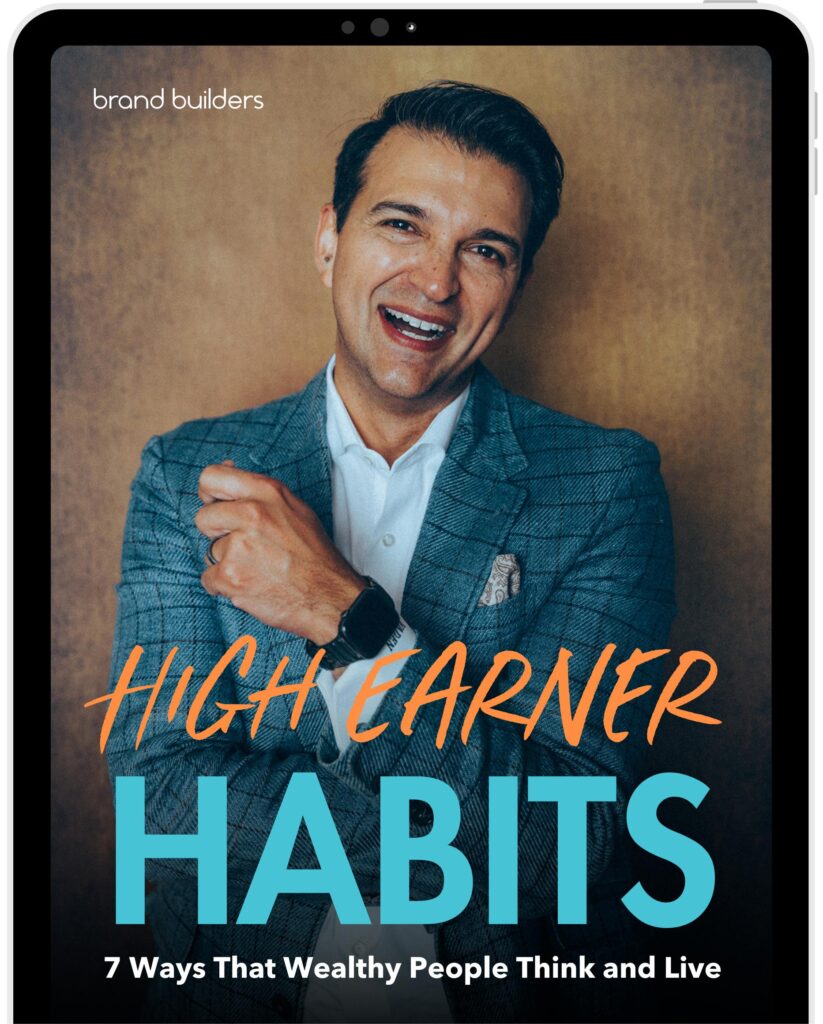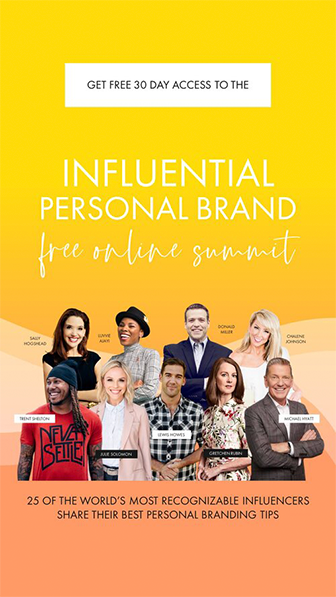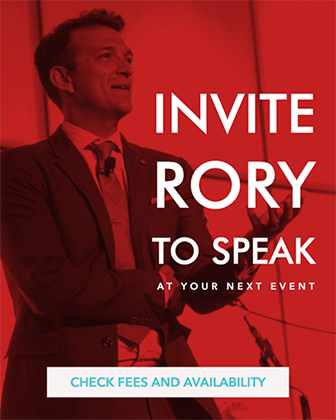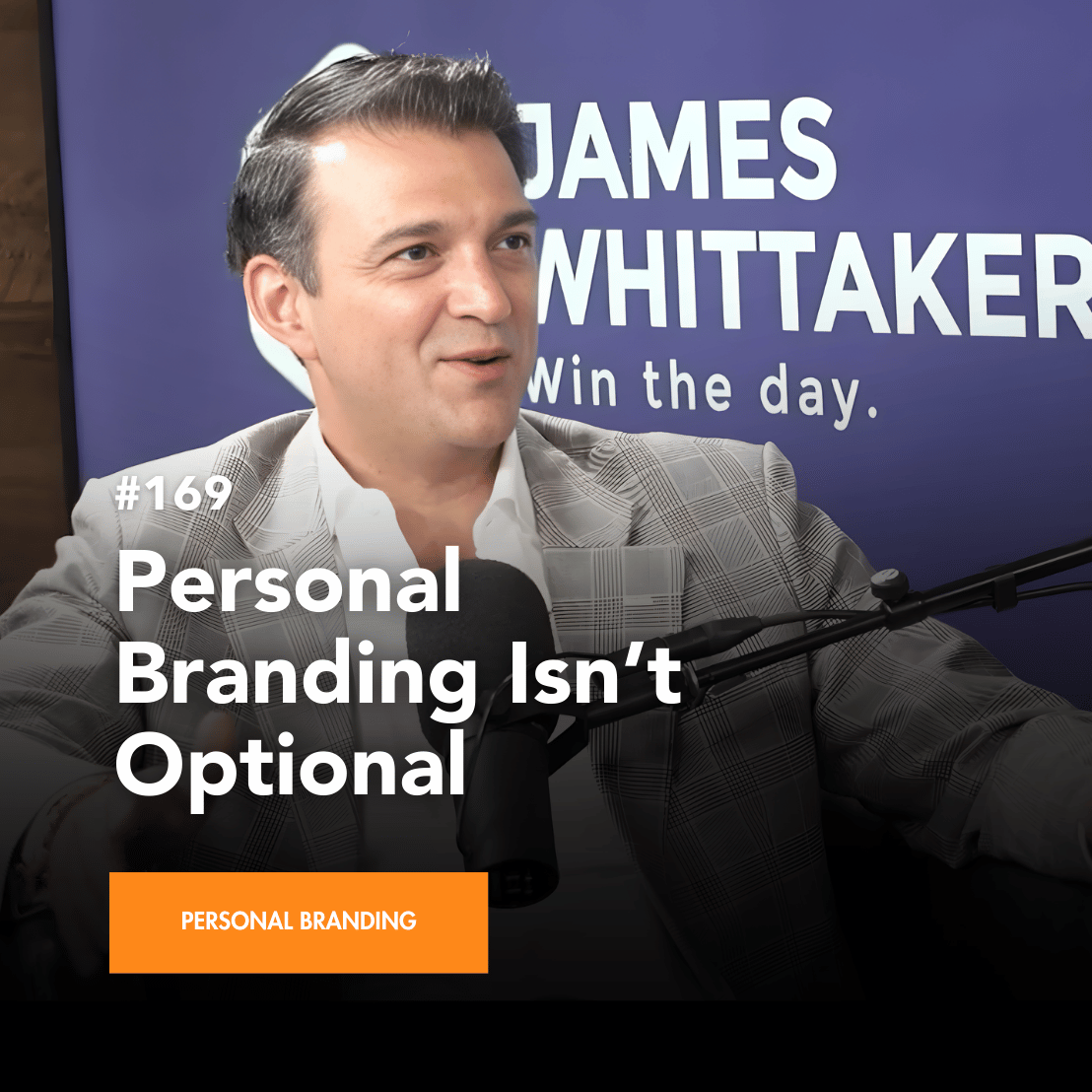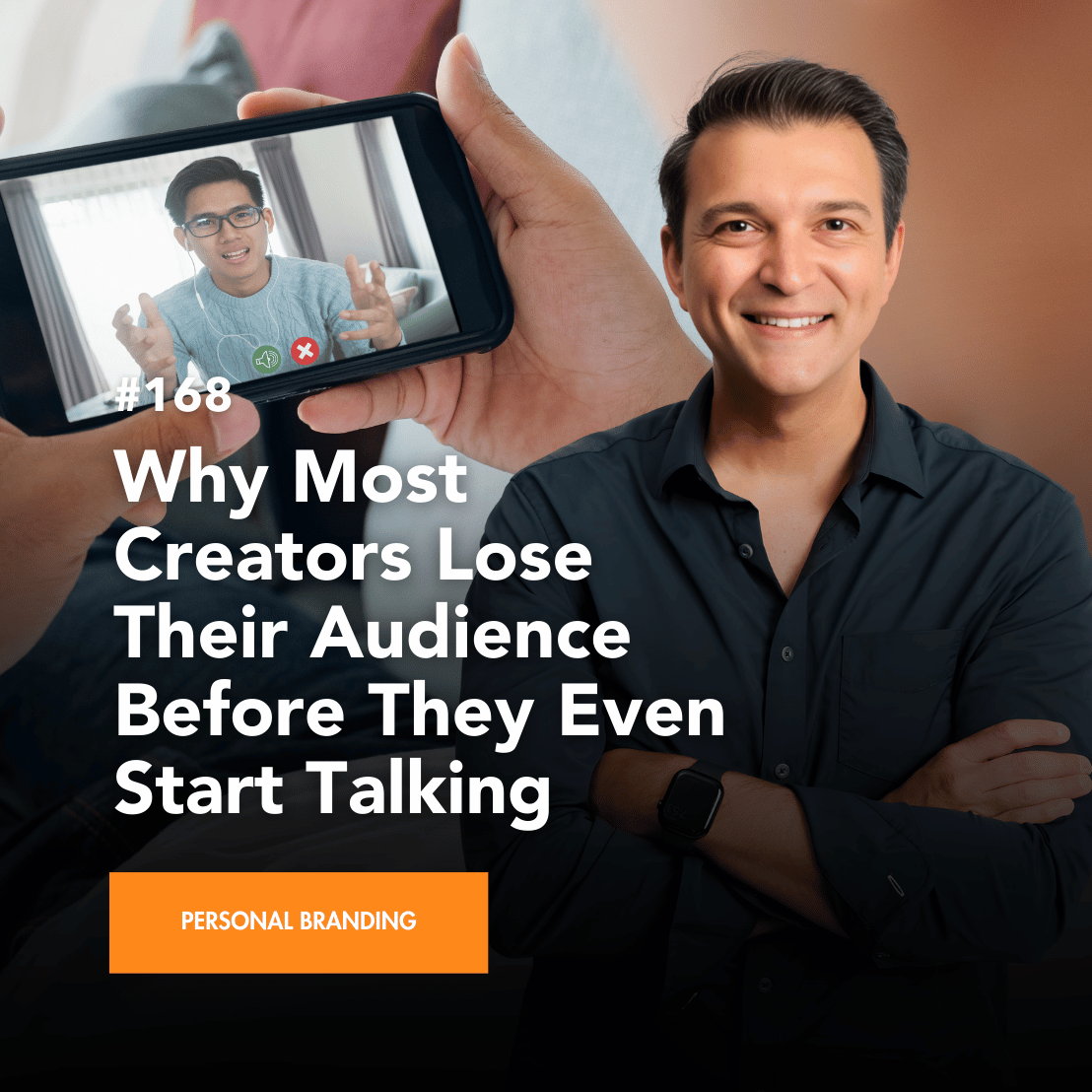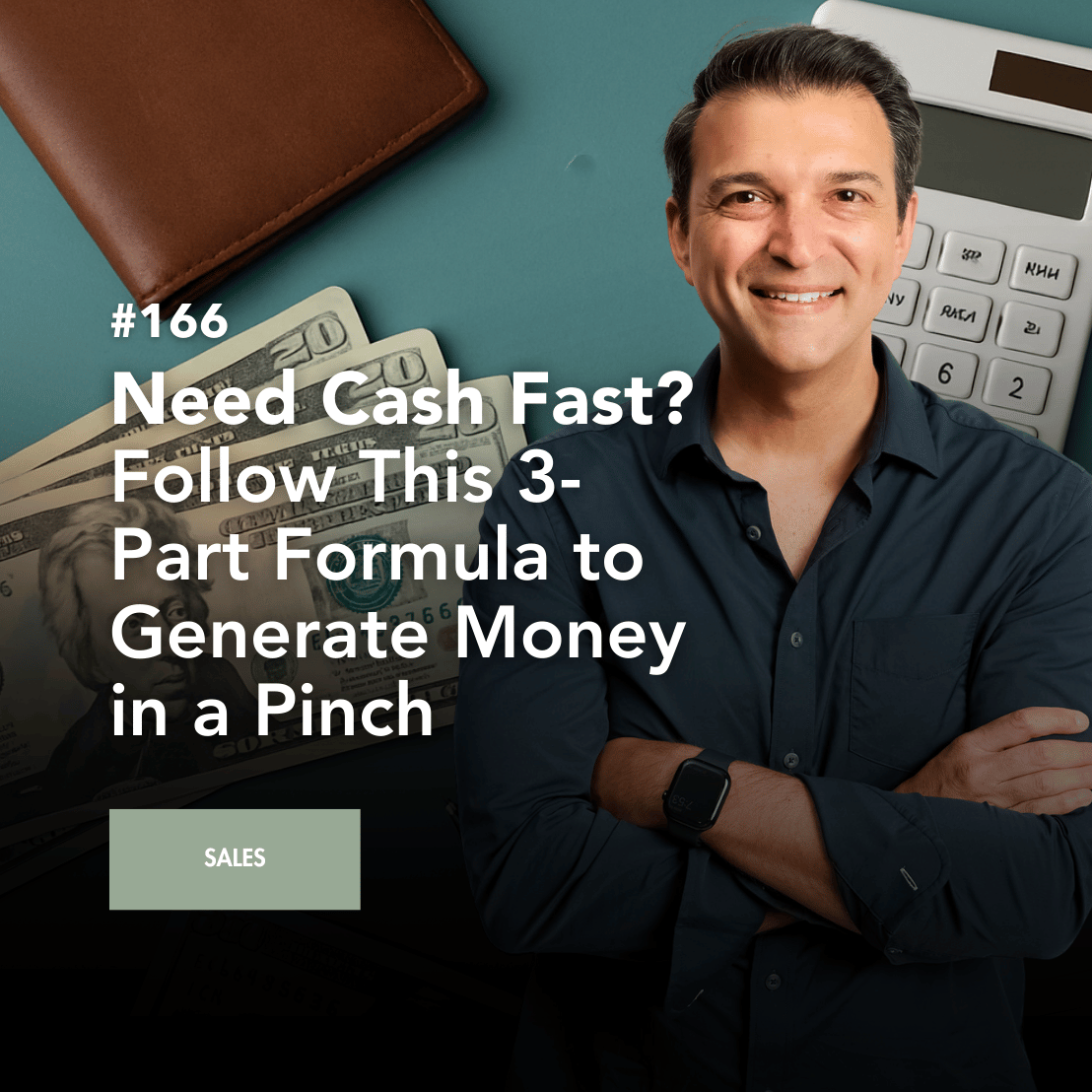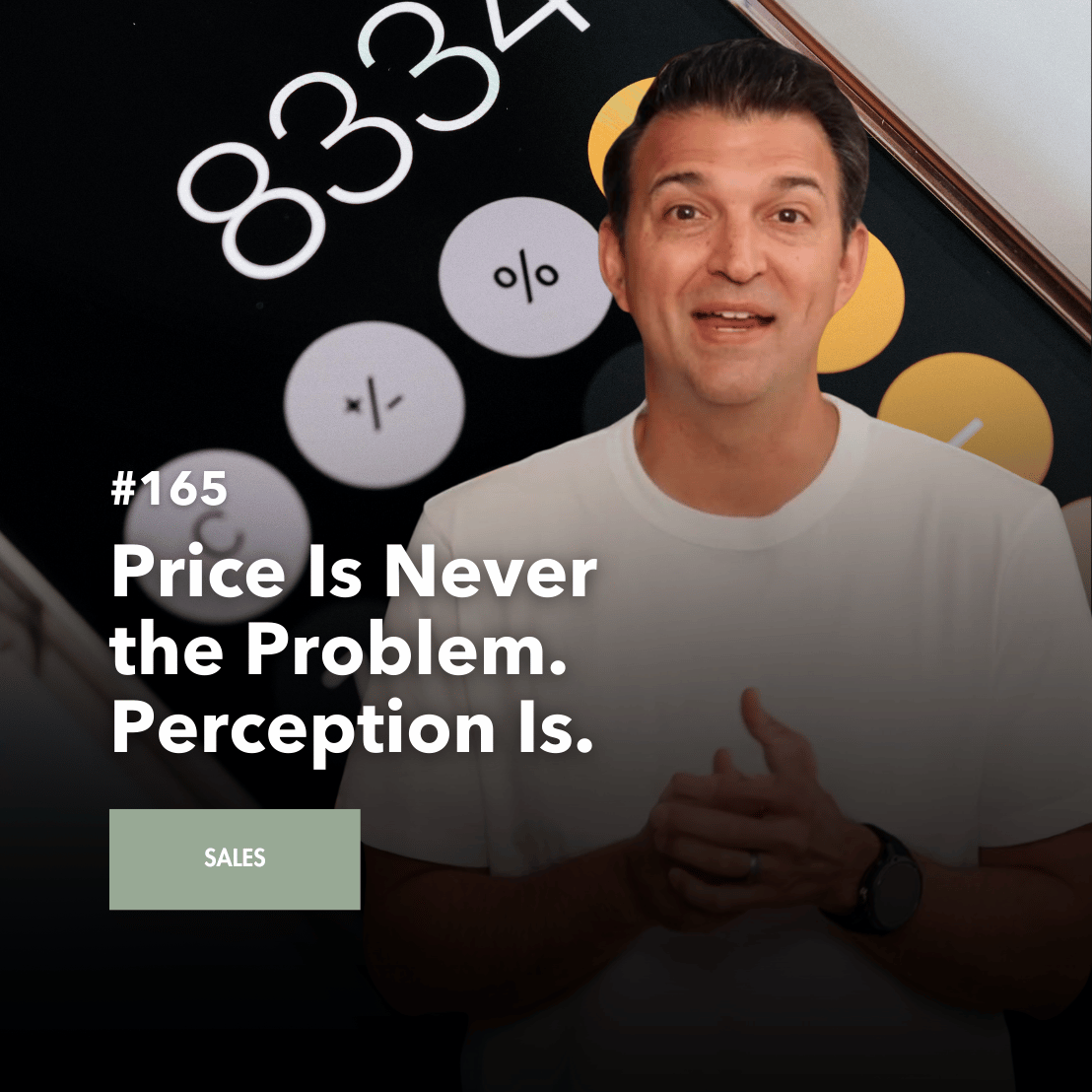Sitting here in the Bahamas, celebrating my wife and I’s 14-year “date-iversary,” I’ve been struck by a powerful lesson in the difference between good service and extraordinary service.
Let me set the scene: we’re staying at a beautiful resort (I’ll spare you the name for now).
What’s interesting about this resort is that it has tiers—different sections with varying levels of luxury, all technically part of the same property.
And here’s where things get fascinating.
Just a short stroll from our area is another section of the same property—same weather, same views, same amenities on paper.
But the difference in customer experience between the two sections is night and day.
That difference is worth breaking down because it has everything to do with what separates ordinary businesses from extraordinary ones.
What Really Sets You Apart Isn’t What You Sell—It’s How You Sell It
Hotels are, at their core, commodities.
A bed is a bed, and a roof is a roof.
Just like in most industries—real estate, financial advising, e-commerce, or even car sales—products and services tend to overlap.
So what’s the differentiator?
The answer is simple: the experience.
It’s not what you sell, it’s how you sell it.
And this is where so many businesses miss the mark.
While an average business provides a “good enough” experience, extraordinary businesses take it a step further.
They turn routine transactions into memorable moments that people are willing to pay a premium for.
So what’s the difference between an average experience and a world-class one?
It comes down to a single, powerful principle.
Extraordinary Experiences Don’t Know the Word “No”
Here’s what happened that brought this lesson into crystal-clear focus.
My wife and I were watching the sunset at a restaurant on the property.
She asked for a glass of champagne—something she’d been enjoying at other parts of the resort throughout our stay.
The staff, polite but firm, responded: “I’m sorry, ma’am, we don’t have champagne.”
Let’s pause here.
They weren’t rude.
They didn’t owe us champagne.
But this was a missed opportunity.
We knew there was champagne somewhere on the property because she’d had it just the day before.
But instead of finding a way to deliver, they simply said no.
Contrast that with what happened earlier that same day.
We were lounging on the beach when my wife mentioned there was a glass of champagne left in our room from the night before.
She casually asked the beach attendant if someone might be able to bring it down for her.
Here’s what they could have said:
• “I’m sorry, ma’am, we don’t deliver from rooms.”
• “No, but you can purchase champagne here if you’d like.”
Instead, they said, “Absolutely, we’ll send someone up right away.”
Not only did they deliver the champagne, but they brought it in a chilled glass, nestled in a bucket of ice, straight to our beach chairs.
They went above and beyond—no extra charge, no hesitation.
And that small gesture made a massive impression.
“Let Me See What I Can Do”
The key to delivering an extraordinary experience lies in replacing the word “no” with these seven magic words: “Let me see what I can do.”
Even when a request can’t be fulfilled exactly as asked, there’s almost always something you can do to create a positive outcome.
For example, we mentioned that our room felt unusually warm, even with the air conditioning on.
At a resort like this, there are often restrictions on how cold you can set the temperature.
Instead of shrugging it off or saying, “Sorry, that’s the way it is,” the staff knocked on our door later with a solution.
They couldn’t change the thermostat settings, but they brought us a fan.
Simple?
Yes.
Effective?
Absolutely.
This is what separates the great from the average: a willingness to find a way, no matter how small, to improve the experience.
The “Milkshake Test”
This concept isn’t just for resorts. It applies to any business.
There’s a simple test in the service industry called the “milkshake test.”
Picture this: you’re at a restaurant that doesn’t have milkshakes on the menu.
Most places will simply say, “I’m sorry, we don’t serve milkshakes.”
But here’s the thing—most restaurants do have milk, ice cream, and blenders. In other words, they could make a milkshake if they were willing to put in a little extra effort.
A well-trained staff won’t say, “No, we don’t have that.”
They’ll say, “Let me see what I can do,” and either whip up a milkshake or offer you something close.
This mindset—this commitment to finding a way to say yes—is what creates the kind of experience customers rave about.
The True Value of Differentiation
Why does this matter?
Because people are willing to pay significantly more for extraordinary experiences.
In business, differentiation often feels like a race to offer the most features, the lowest prices, or the latest innovation.
But real differentiation comes from something much simpler: how you make your customers feel.
When your team adopts a “let me see what I can do” attitude, you’ll stand out—not because of what you offer, but because of how you offer it.
This is what creates loyalty.
This is what generates word-of-mouth referrals.
This is what keeps customers coming back, willing to pay more for the same product or service they could get elsewhere.
Building a World-Class Brand Starts Here
So here’s the question: how can you start creating extraordinary experiences for your customers?
At the end of the day, this is what branding is all about.
Your brand isn’t just your logo or your tagline.
It’s the feeling people have when they interact with you.
It’s the way they describe their experience to others.
If you want to learn how to differentiate your business and create the kind of experiences that inspire loyalty, this is exactly what Brand Builders Group helps businesses do.
Through personalized strategies and coaching, we help entrepreneurs build brands that people can’t stop talking about.
Want to take the first step?
Schedule a Free Brand Call with Brand Builders Group and start creating the kind of customer experiences that set you apart.
How can you create extraordinary experiences for your customers today?






